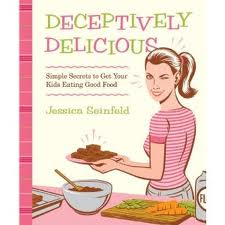 A few weeks ago, my cat spotted a dog wandering around the yard and, in typical feline wisdom, bolted up the nearest tree. He skittered up to the first branch which just happened to be about 60 feet off the ground. Ten minutes later, I had my husband at the top rung of a 40 foot extension ladder that was placed in the bucket of a front end loader that was placed at the base of the tree and raised as high as it could go. The next minute went as follows – the husband reached for the cat, the cat scratched and tried to get away, the ladder wobbled, the wife screamed, the husband lunged for the cat, the wife lunged for the ladder, the cat was captured and, everything turned out okay.
A few weeks ago, my cat spotted a dog wandering around the yard and, in typical feline wisdom, bolted up the nearest tree. He skittered up to the first branch which just happened to be about 60 feet off the ground. Ten minutes later, I had my husband at the top rung of a 40 foot extension ladder that was placed in the bucket of a front end loader that was placed at the base of the tree and raised as high as it could go. The next minute went as follows – the husband reached for the cat, the cat scratched and tried to get away, the ladder wobbled, the wife screamed, the husband lunged for the cat, the wife lunged for the ladder, the cat was captured and, everything turned out okay.
What does this have to do with nutrition? Well, after telling the story to a friend a few days later, the friend asked me if I had ever seen a cat skeleton in a tree. Seeing my puzzled expression, the friend said that the cat would have come down on its own when it was hungry enough. This is the link to nutrition – children will eat the food provided when they are hungry enough. Being hungry will decrease their resistance to eating foods that might normally be declined, such as vegetables. If a backup or alternative food is offered when the child refuses the original meal/snack, the child has no need or motivation to try something different. This concept goes back to the golden rule of childhood nutrition. Parents are responsible for what and when food is provided. It is their job to ensure that healthy foods are given on a consistent schedule, even if the food offered is something that the child may not eat. Children are responsible for how much, if any, food is eaten. If they decide not to eat any of the offered food, chances are, they weren’t hungry enough. If meals and snacks are being offered on a predictable schedule, the parents do not need to feel as though they are starving their child. For more on this concept, consider reading Ellyn Satter’s book, How to Get Your Child to Eat…But Not Too Much. It is important to note that while this practice is recommended the majority of time, there are children whose picky eating is due to sensory issues or medical conditions. A dietitian can help identify these situations and offer alternative strateiges to improve eating.
*Unhealthy foods can have a place in the diet provided that they are offered on the rare occasion. Having them in the diet teaches that all foods are okay. Try not to limit unhealthy foods to special occasions or refer to them as treats which will paint them as things of value and healthy foods as things of little value.









